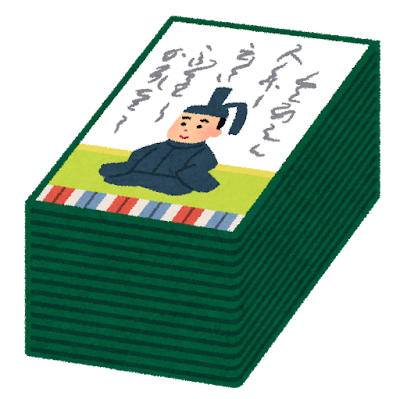Hello everyone! It is the blog: How Unique Japan!
This time, we would like to discuss the physical card game, such as Menko.
It is the Hyakunin Isshu and Karuta.
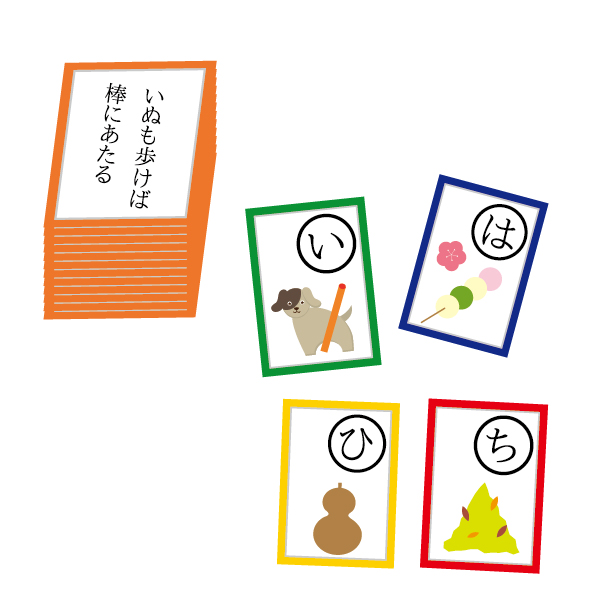
Our lovely readers might have gotten confused and wondered how card games require physical ability. But it is true. Japan has some aggressive card games.
In the Menko card game, players need to smash their cards on the ground to flip the cards of opponents nearby upside down.
Then, what physical skills do we need for the Hyakunin Isshu and Karuta game?
It is reflexes.
How does this ability work for the card game?
Rule
Hyakunin Isshu and Karuta have similar rules. There are two types of cards: the word card and the picture card, or the first and the second part. So, they are a couple. Then, we also have three people following the rule: a reader and two players.
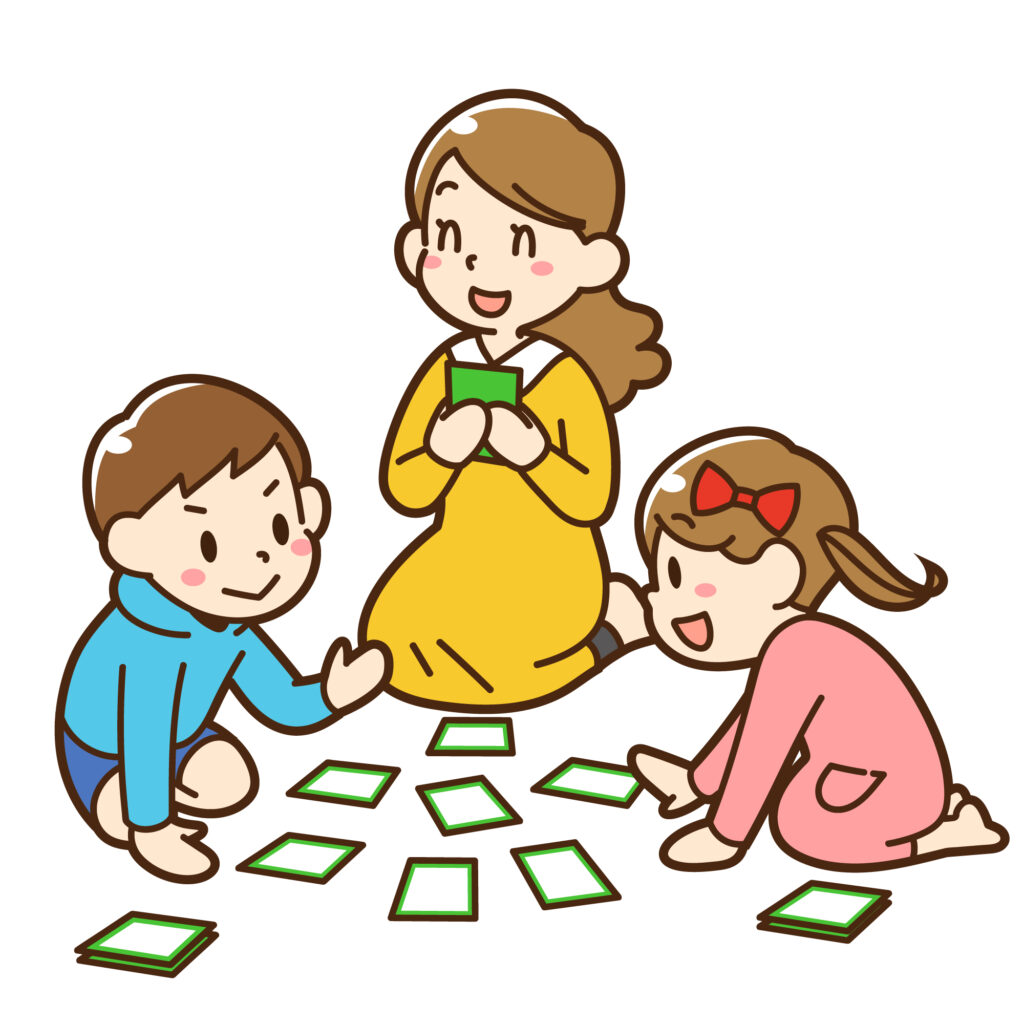
They would put the picture cards or the second part cards on the floor. It is ready to play the games.
When the reader calls out the word card (or its first part), the players quickly search for the matching card.
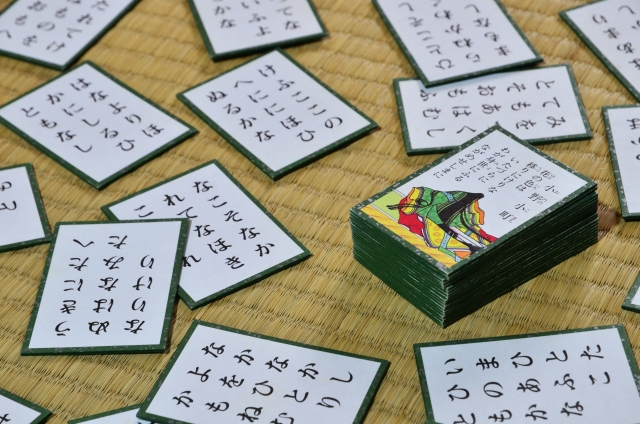
It is where the reflexes come in. The winner of the game is the player who collects the most pairs of cards.
So, the quicker one will be victorious.
In the official Hyakunin Isshu game, it is no joke. When a pro gets the card, it is like smashing or slapping a targeted card away from the floor.
It is a physical competition about reflexes.
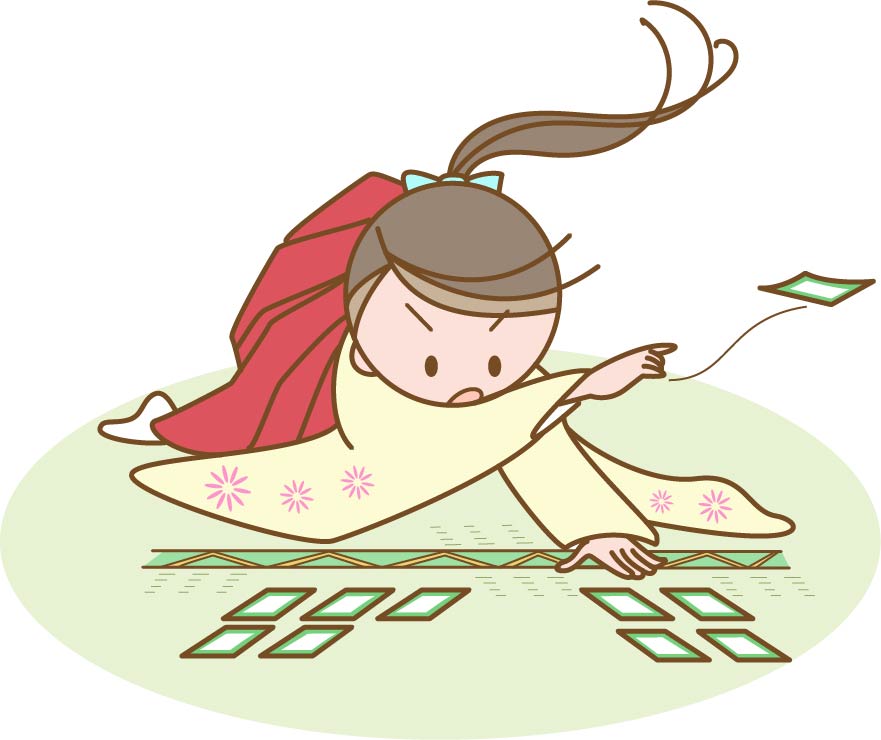
In the next section, we shall show the details and histories behind the Hyakunin Isshu and Karuta
History and Details
Interestingly, Karuta originated in Portugal around the 15th century. The rule was similar to a trump. (The word Karuta also means cards in that country.)
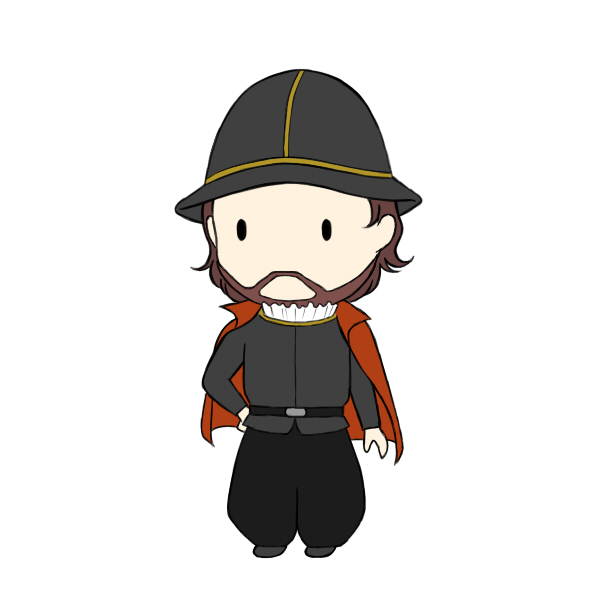
And then, the card game came from that country, because Japan had maintained trade.
However, such a rule quickly mingled with the older card game. It was Hyakunin Isshu. Indeed. That card game is older than Karuta.
How old is the card game? Some historical documents/records say it was born around 1235.
At that time, Japan was in the Heian era (from 794 to 1185) and the Kamakura era (from 1192 to 1335).
First of all, the game was born from nobles.
It was a boom that they announced their poems or songs to compare their intelligence or cleverness. One of the prestigious family lines, the Fujiwara, organized the poem competition for the card game.
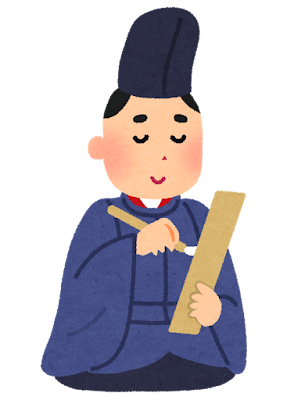
He created this rule separating poems into two parts: the first and the second. Then, they are now more competitive games than just poems.
Hyakunin Isshu has also become a brain game. Do you remember that there are poems on each pair of cards?
That means the player needs to remember all the poems on the cards. The number is one hundred and one! It is such a long way to go!
Thus, the game is called One Hundred Poets (Hyakunin in English).
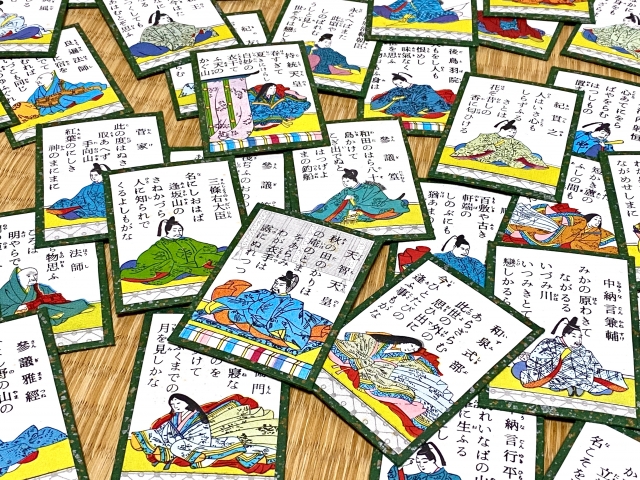
Yep. If a challenger does not know all the poems, he cannot search the second part.
(By the way, the second part also has beautiful drawings.)
On the other hand, the Karuta is much simpler. Those cards are a pair: the word part and the drawing/picture.
The picture card has the first letter of a sentence from the word cards on the upper right (the edge). When the reader calls out the sentence or the first letter, the players search for the corresponding pair. It is similar to the Hyakunin Isshu.
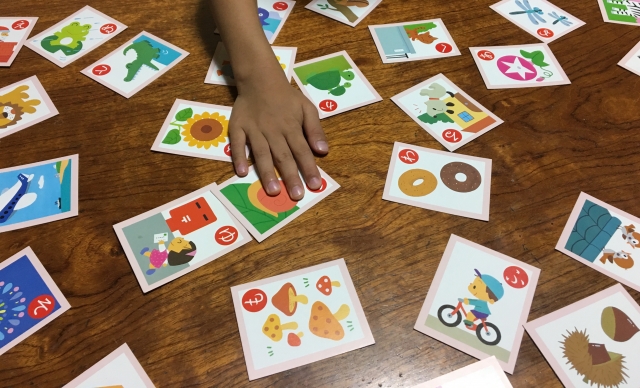
However, it is a feature of this game.
Any sentence can be a pair in this game if the first letter matches the other part(the picture card). As a result, there are thousands of Karuta games in Japan.
They are usually about lessons from dictionaries/textbooks for animals, dinosaurs, or good manners in society – it is an example if the reader says Do not blame your friend! Then, the players search for a suitable picture card with the first letter D.
By that, the children primarily play it as a form of education.
Fun fact of the Hyakunin Isshu
The Hyakunin Isshu is an ancient card game. Thus, we always have official competitions held in Japan every year. Seriously, it is genuinely enormous.
In each official competition, players need to wear a kimono. However, the commissioner allows flexible uniforms, such as T-shirts or jerseys.
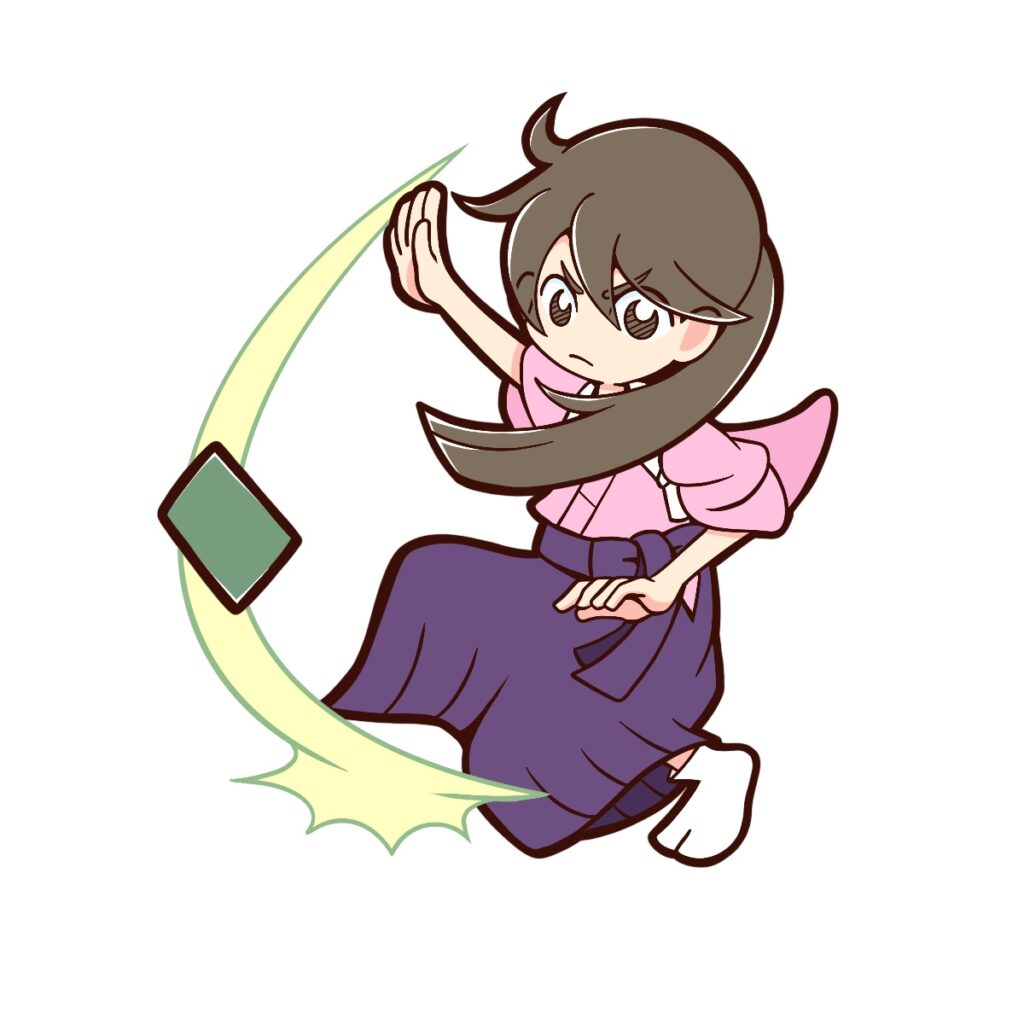
or

To close
It is tips about the physical card games in Japan. Surprisingly, there are still unique historical activities.
We will continue to update that information. Please wait for it.
However, we also have some more interests on our blog. If you are curious, do not hesitate to visit here (Front page)!
Now, we have four categories on the page. They are Japanese lifestyle, What is the Edo era, Religion in Japan, and Japanese food (it has few articles. Sorry.)
It’s all today! Thank you so much for reading this article, and we look forward to seeing you at the next uniqueness of Japan!
